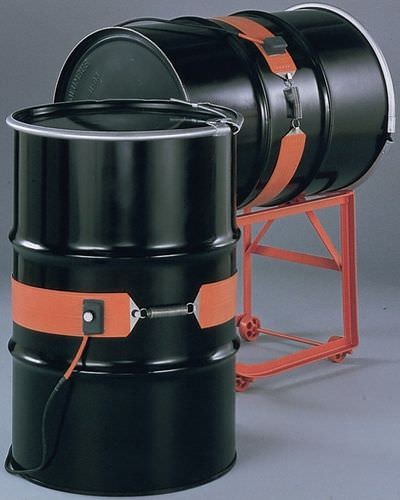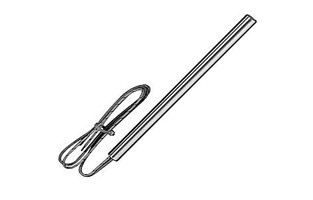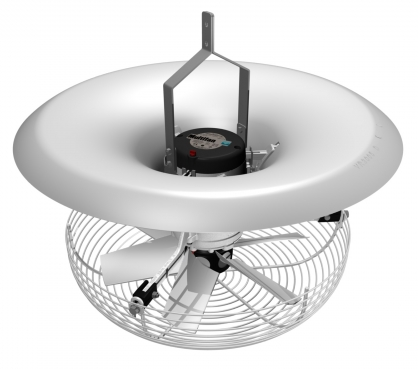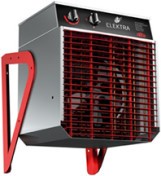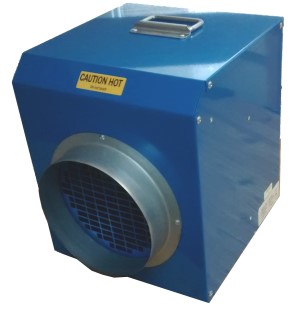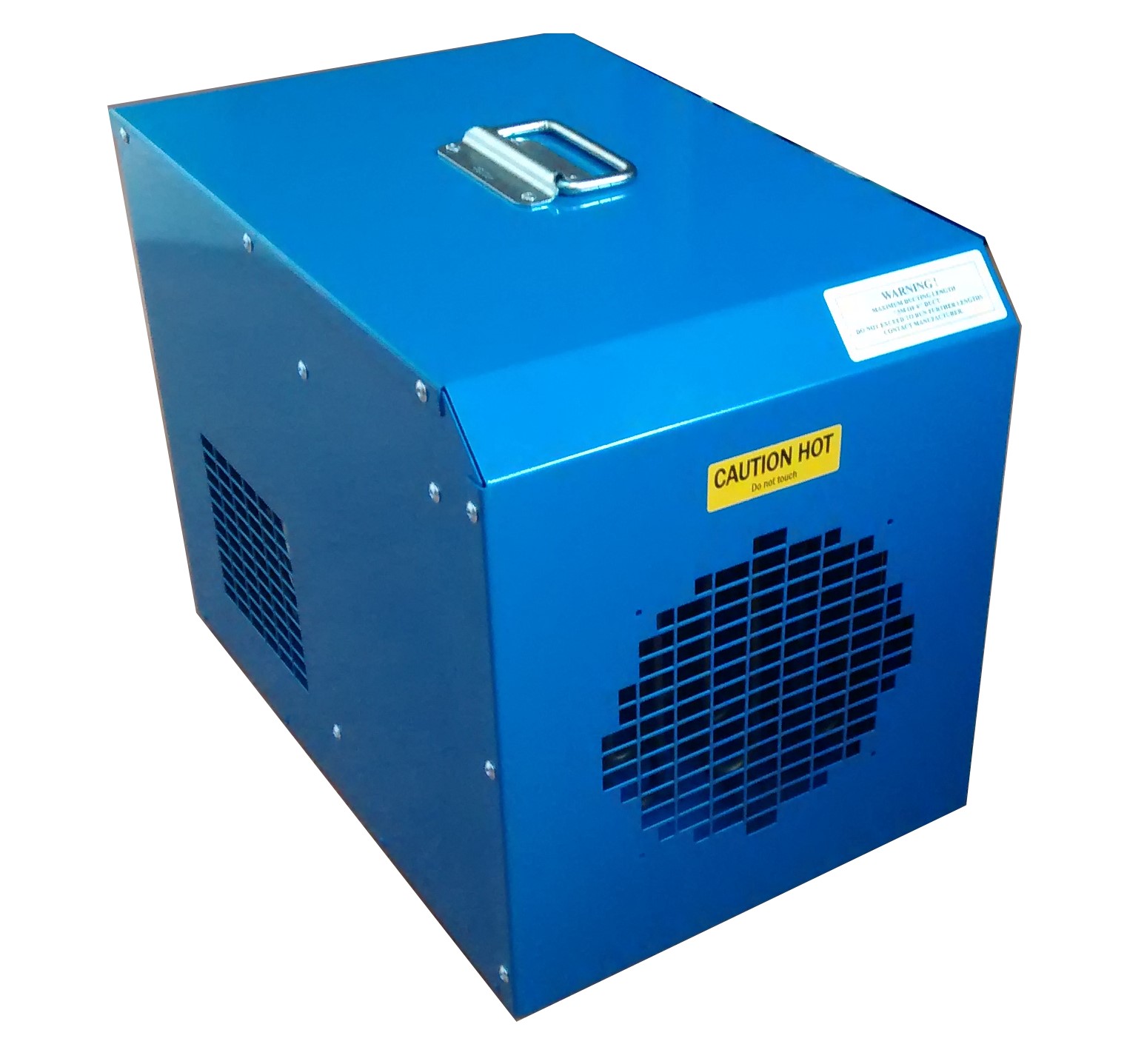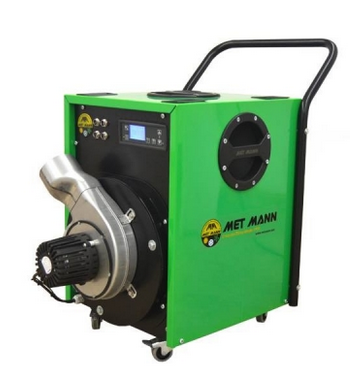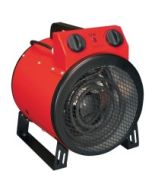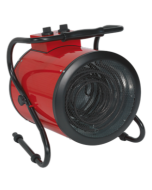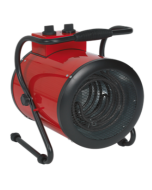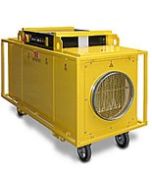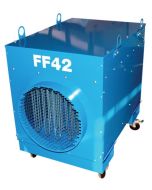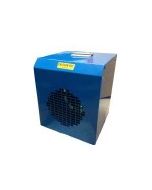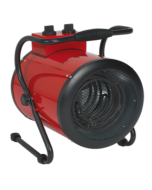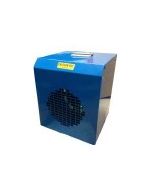Drum heating: 6 Tips for Preheating Raw Materials
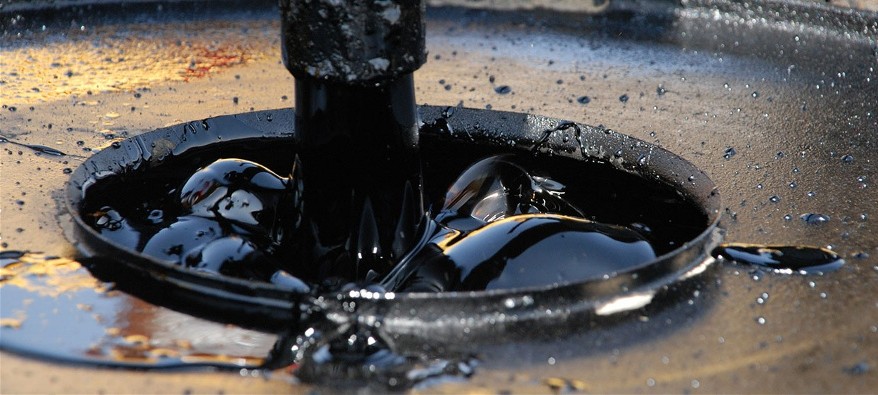
When looking at drum heating barrels of raw materials, there are a number of different methods and a bit more to it that meets the eye. Here are our drum heating tips.
6 tips on pre-heating raw materials
- Choosing what heating method.
- A belt drum heater is a common way to provide viscosity control, freeze protection, and melting of solids and maintaining materials at high temperatures.However, it is not always possible to apply a belt across a drum as sometimes they are placed too close together or it just won't reach. Furthermore, having trailing wires and the process of covering an uncovering barrels can become time-consuming. Although in some cases it is a workable solution, it is not a 'silver bullet' solution for all drum heating problems. It could become expensive depending on how many barrels need to be covered. Belts do however use the barrel as a conduit of heat which means that heating is gentle and, to an extent, even.
- A cartridge heater, a less common way to approach drum heating, is dipped into each individual barrel. This can create numerous problems. The process of opening up each barrel to dip the heater in invites oxygen and air into the drum, which could spoil the contents. The limited surface area of the heater means that to get effective heating performance the surface temperature may be become considerably hotter that the liquid being heated particularly if the heat can not quickly move through the barrel contents. If not controlled closely the heater can get sufficiently hot to adversely affect the contents. Furthermore, the barrels cannot be stacked as the top of the drum needs to be accessed and kept clear for the heater. With numerous barrels being heated the a tangle of wires is an ever-present likelihood.
- Radiant heating. This would typically involve heating the barrels using mobile radiant heaters. Not a bad idea but it still involves treating each barrel in turn and it relies on the skin of the barrel carrying the heat evenly to the contents. However, unless you heat from at least two directions there will be a cold shadow area on the drum, and the contents will warm unevenly.
- Heating the room involves less handling of the barrels, and has the advantage that there is no equipment specifically for each drum. Used in conjunction with fans that circulate air between and arround the drums and building insulation to minimise heat loose, each barrel's surface area will be warmed gently and evenly heated. No need for wires trailing around the room and no need for the handling of each drum to put on and take off a belt, and a non-invasive method to evenly heat the contents.
- Finding the correct heater for your application.
Depending on your desired nominal room temperature, finding the right heater is key. For a room needing to be at a hotter setting, a 'high temperature' heater is required. Normal temperature heaters are typically controlled from an onboard thermostat that is ‘comfort range’ meaning that it will have a setting range from say 5°C to 30°C or 35°C, which is obviously no good for getting a room up to say 60°C. Even if you disengage the thermostat, there are more problems – an overheat cut out will as likely as not start tripping if the heater elements compartment gets to 80 or 90°C, which it most definitely will if the heater is left to run. Bypassing the thermal cutout will then leave you with problems such as component failure and potential fire risk. So the short cuts aren't worth the risk when it comes to your drum heating by space heating a warm room. - Insulation is key.
As mentioned earlier, minimising the influence of the outside temperature is the most critical factor in achieving and maintaining the desired indoor temperature for drum heating. The best high-powered heater may be wasted if the heat generated escapes the room before the desired temperature is reached. Remember that the greater the difference between the inside temperature and outside temperature the more the heat will be inclined to pass through the wall. In other words, for warm room applications where temperatures are greater than normal room temperatures, insulation is even more critical. Moreover, lack of insulation is the number one reason why a 'high temperature' heater will not elevate a room to the set temperature.In technical speak - you want the room to reach the desired temperature before it reaches the 'thermal equilibrium temperature'. You influence the 'heat in' by your choice of heater and you influence the 'heat out' by your rooms insulation. The more heat in (control issues aside) and the less heat out, the higher is the thermal equilibrium temperature, where heat in and heat out are equal. - Keeping moisture at bay.
Desiccant dryers are no stranger to storage and drying applications, but they also can play a role in drum heating. When drums are in storage at whatever the ambient temperature happens to be, it is often desirable to prevent corrosion on the drums, and for thisa desiccant dryer is ideal. They work efficiently at low temperatures but when the heaters are turned on to elevate the temperature and the dryer can be switched off, it means that the heating process is more efficient because the air in the room is already relatively dry. - Take the drums off the floor.
A simple yet overlooked advantage to keeping an even temperature of the barrels is to place them on a pallet to ensure warm air can reach every part of it. This allows and extra level of air circulation to ensure there are no cold spots within the drum and maintains an even warmth.Keeping air circulated. - Move the air about.
Through the use of ceiling fans, air movement ensures that warm air can be evenly distributed around the room, reaching all corners within the room. Assuming the drums are on pallets, the use of ceiling mounted V flo fans is perhaps the best way of distributing the heat and thus avoiding areas with stagnant air.
Range of High Powered Heaters to Help with your Drum Heating
For more information on what unit would suit your application, or for any other questions regarding our range, please see our website, or call our office on 0845 6880112

